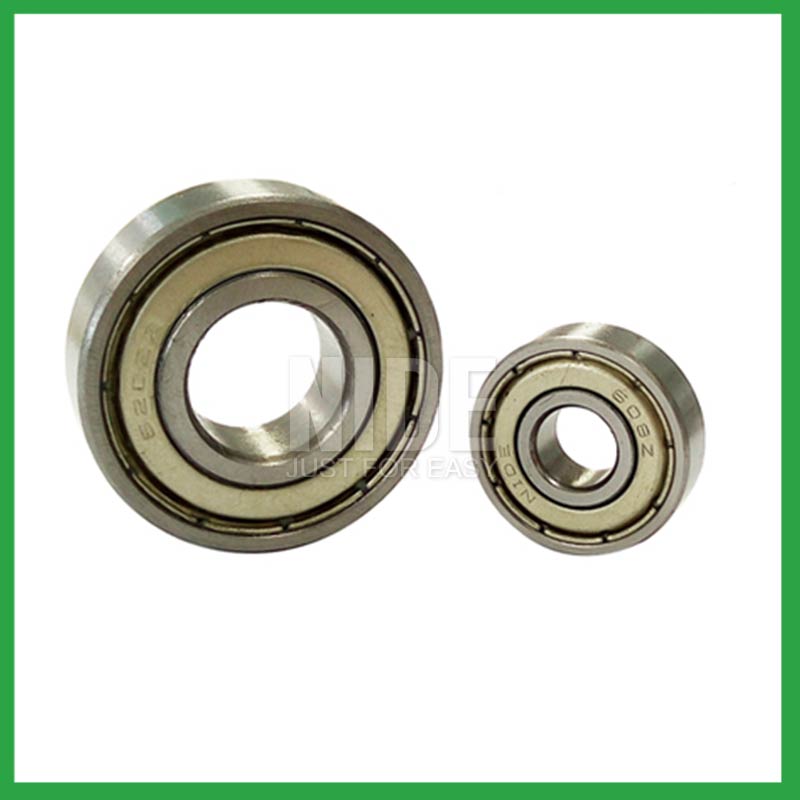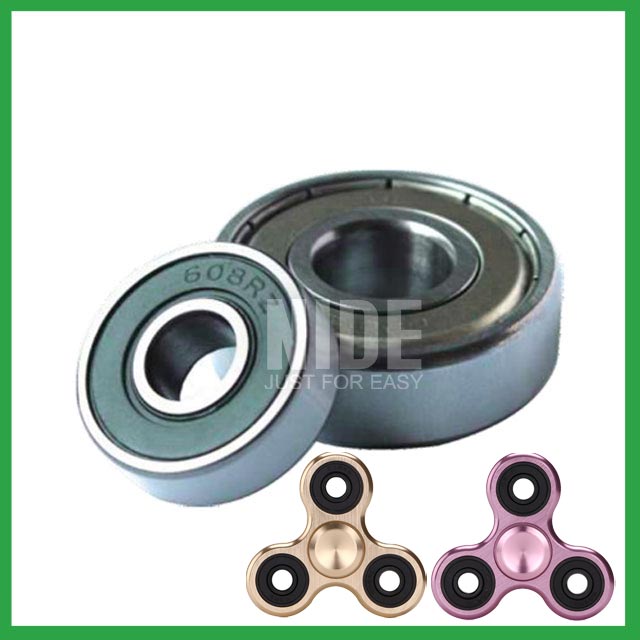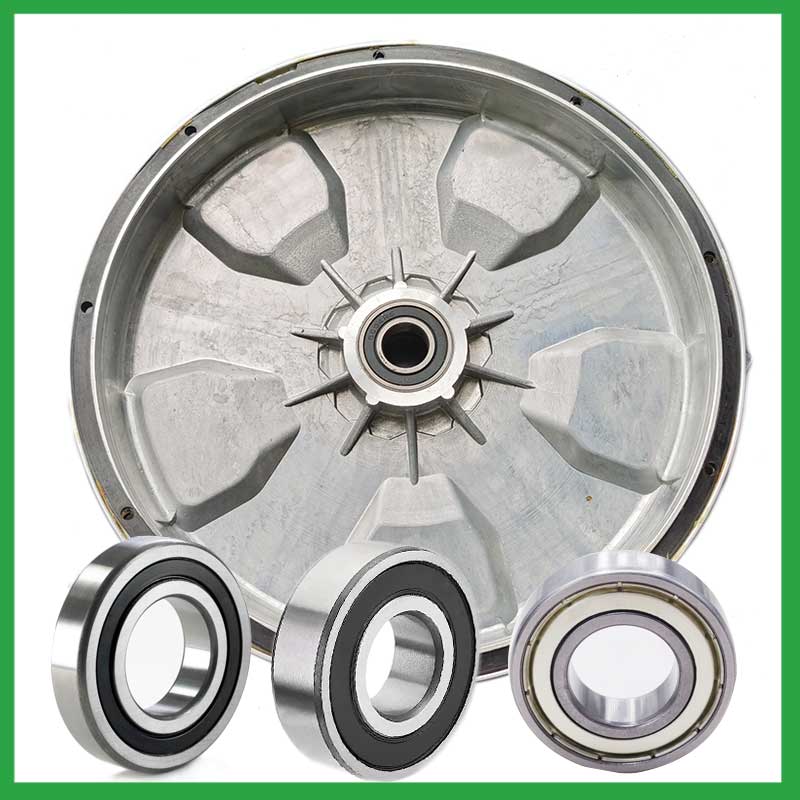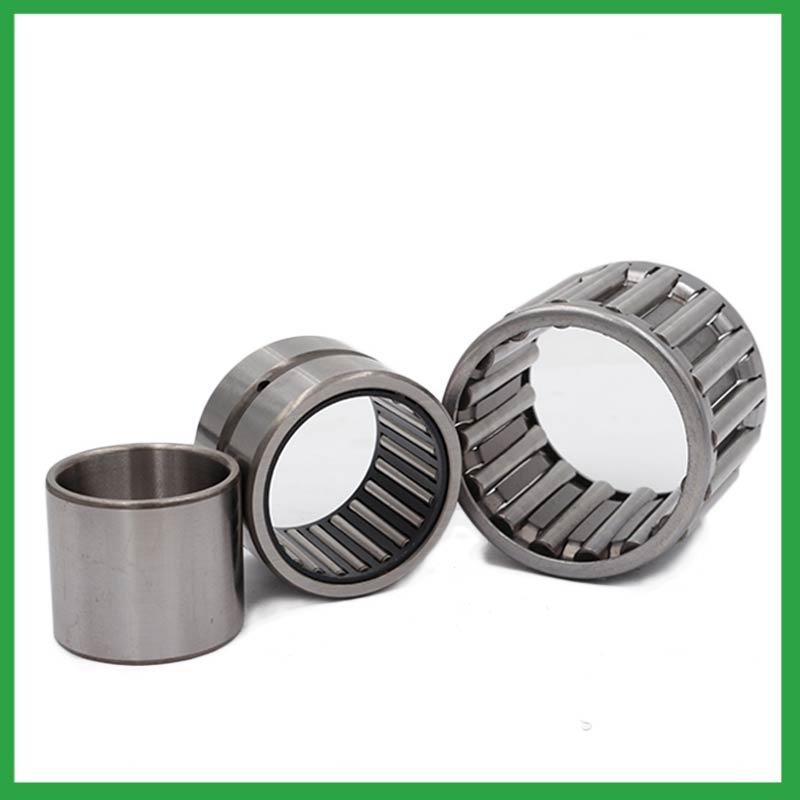PRODUCTS
CONTACT US
Ningbo Nide International Co., Ltd.
一一
· Contact person:Jack Zeng
· Mob/Whatspp/WeChat:0086-13738869026
· Email:emarketing@nide-group.com;marketing4@nide-group.com
· Add:No. 169, Wohushan Road, Daqi Subdistrict, Beilun District, Ningbo, China

Nide team could manufacture ball bearing as per customer’s drawing and samples.
If customer only has samples, we could also design drawing fo r our customer.
We also provide customized service.
Our ball bearing is widely applied the different industrials.
Ningbo Haishu Nide International is one of the leading bearing manufacturers in China. We are a well-known supplier of high-quality fan,carbon brush,thermal protector,commutator,magnet,shaft,ball bearing. Our products are widely used in fields such as servo motor,washing machine motor,electric automotive motor,electric bicycle motor,single and three phase induction motor,compress motor,fan motor,BLDC motor. We are proud to provide customers with the expected product knowledge, applied professional knowledge, quality control, and consistent reliable service.
We have modern computerized machinery and equipment to produce high-precision bearings. Our company is also equipped with complete chemical and metallurgical laboratories as well as standard room facilities.Nide has offices in India, Brazil, Korea, Turkey, and Argentina, good sales and service net work allow us to access and offer service to customers over the world easily and promptly.

| Parameter | Information |
| Product Name | pillow ball bearing airlift |
| Place of Origin | Ningbo,Zhejiang,China |
| Brand Name | Nide |
| Material | stainless steel, etc. |
| Type | Ball |
| Warranty | 3months-1year |
| Port | Ningbo/Shanghai |
| Application | textile machinery,food processing machinery, etc. |
| Size(mm) | customize |
| Color | Silver gray+customized |
| Precision Rating | as per customer's requirement |
| Certification | ISO 9001 Certification,CE-stator coil winding machine,CE-stator coil winding inserting machine,etc |
| Feature | Good wear resistance,Simple structure...etc |
| Packaging Details | Suitable for sea transportation |
| Service | one-stop service |
| Model Number | ball bearing |
| Supply Ability | 100000-500000 Piece/Pieces per Month |
| Lead time (days) | 15-20 (To be negotiated) |
Please note: The above table data is for reference only. For specific information, please contact us.
pillow ball bearing airlift is a component with a ball as the rolling element, consisting of an inner ring, an outer ring, and a ball. They form a closed raceway between the rings, and the ball rolls through a curved surface in the raceway.
Before use, the model, size, and design of the ball bearing should be confirmed to ensure suitable application;
During installation, the installation load of the ball bearing should be minimized as much as possible to avoid unnecessary damage;
The bearing shaft and the bearing frame should be stable at the same time to avoid excessive tension.
Ball bearings have many advantages, making them highly competitive in the market.
Firstly, they are very durable and have good wear performance, making their service life longer than many other types of bearings.
Secondly, they are easy to install and can provide low friction performance in various applications.
Thirdly, they require a relatively low level of maintenance, making them cost-effective.
In addition, compared to many other types of bearings, their purchase cost is relatively low, making them an economical choice.




pillow ball bearing airlift---FAQs Guide
2.What anti-corrosion coatings or treatments are available for pillow ball bearing airlift used in marine or outdoor applications?
3.What is the load distribution within a pillow ball bearing airlift, and how does it vary between different bearing configurations?
4.As a pillow ball bearing airlift manufacturer,What is your payment method?
5.How do pillow ball bearing airlift contribute to the overall efficiency and energy savings in industrial machinery and transportation systems?
6.About pillow ball bearing airlift,Will you check the products before shipment?
7.About pillow ball bearing airlift,What about the lead time?
8.Are there pillow ball bearing airlift designed for use in critical medical equipment?
9.Are there hybrid pillow ball bearing airlift that combine steel rings with ceramic balls to optimize performance in demanding applications?
10.How do sealed pillow ball bearing airlift prevent the ingress of contaminants and extend the bearing's service life?
11.What are the common materials used in pillow ball bearing airlift manufacturing?
12.What is a ball bearing?
13.How do different pillow ball bearing airlift designs, such as deep groove, angular contact, or thrust bearings, cater to specific applications?
14.How do cage designs affect pillow ball bearing airlift speed and acceleration capabilities in high-speed machinery?
15.Are there specific pillow ball bearing airlift designed for applications in the aerospace and aviation industries, and what standards do they adhere to?
1.Do pillow ball bearing airlift come in various tolerance classes?
Bearing tolerances are standardized by classifying bearings into the following six classes (accuracy in tolerances becomes higher in the order described): 0, 6X, 6, 5, 4 and 2.
2.What anti-corrosion coatings or treatments are available for pillow ball bearing airlift used in marine or outdoor applications?
Corrosion Resistant Coatings.Whether pillow ball bearing airlift are manufactured from stainless steel or from chrome, anti-corrosion coatings can be applied. Compared to the natural state of the base metal, these coatings make surfaces less chemically reactive. In their selection of treatments or coatings, some industries choose to consult with the manufacturer of the bearings they use. This is because surface engineering is a highly specialized undertaking. These coatings used for their anti-corrosion properties to protect bearings in harsh environments include the following:Passivation (of stainless steel),Carbide and titanium nitride,Galvanized zinc,Nickel plating,Cadmium plating,TDC (thin dense chrome).
3.What is the load distribution within a pillow ball bearing airlift, and how does it vary between different bearing configurations?
The load distribution between the rolling elements and raceway is crucial in performance evaluation of rolling element bearings. Determine the load distribution by measuring the strain response at the bearing surface with a notched housing. Finite element analysis shows that the introduction of notches does not affect the load distribution. An experimental system was developed to investigate the load distribution in a cylindrical roller bearing. The experimental static load distribution agrees well with the theoretical calculation. The dynamic load at specific position of load zone reflects the manufacture difference among rollers and dynamic balance of distributing loads.
4.As a pillow ball bearing airlift manufacturer,What is your payment method?
We accept T/T, PAYPAL or Western Union, credit card or via ALIBABA Assurance order.

5.How do pillow ball bearing airlift contribute to the overall efficiency and energy savings in industrial machinery and transportation systems?
The balls roll along the raceway, allowing for smooth rotation of the machinery or equipment. Ball bearings are used to support rotating, reduce friction and support radial and axial loads in high-load, high-speed applications where reliability and efficiency are critical.
6.About pillow ball bearing airlift,Will you check the products before shipment?
Yes, We have a professional QC team. Products will be strictly inspection before shipment.
7.About pillow ball bearing airlift,What about the lead time?
3-7 days for samples, 3-4 weeks for mass production.
8.Are there pillow ball bearing airlift designed for use in critical medical equipment?
Precision pillow ball bearing airlift are among critical components in medical devices that are vital to ensuring patient safety. Correct choice of suitable ball and ring materials and the right product design can ensure high-precision bearings — and medical devices — have a long service life.
Precision bearings are used in a wide variety of medical devices including surgical power tools, ventilators and heart pumps — and patient safety depends on them all. Whatever the device, there is an onus on medical device original equipment manufacturers (OEMs) to ensure that the right type of bearings are chosen, and fit precisely into the application.

9.Are there hybrid pillow ball bearing airlift that combine steel rings with ceramic balls to optimize performance in demanding applications?
Hybrid Ceramic pillow ball bearing airlift. Ceramic ball bearings (also known as hybrid bearings) are the one component that'll easily optimize the performance of your application. Hybrid bearings have ceramic (silicon nitride, Si3N4) balls and 52100 bearing steel rings.
10.How do sealed pillow ball bearing airlift prevent the ingress of contaminants and extend the bearing's service life?
Contact seals are a type of seal where the sealing lip physically touches the inner raceway of the pillow ball bearing airlift. They create a narrow line or zone of contact that forms a barrier to prevent the escape of lubricants and the ingress of contaminants. Because the seal keeps dirt and other contaminants out, it can offer a longer operating life of the bearing or prevent premature bearing failure. Sealed bearings can be considered lubricated for life, which eliminates the need for a relubrication process.
11.What are the common materials used in pillow ball bearing airlift manufacturing?
Most pillow ball bearing airlift are made of a type of steel known as high carbon chromium steel, often called chrome steel. This is used for reasons of cost and durability. Bearings are also made from other materials such as stainless steel, ceramics and plastic.
12.What is a ball bearing?
A ball bearing is a type of rolling-element bearing that uses balls to maintain the separation between the bearing races.
The purpose of a ball bearing is to reduce rotational friction and support radial and axial loads. It achieves this by using at least two races to contain the balls and transmit the loads through the balls. In most applications, one race is stationary and the other is attached to the rotating assembly (e.g., a hub or shaft). As one of the bearing races rotates it causes the balls to rotate as well. Because the balls are rolling they have a much lower coefficient of friction than if two flat surfaces were sliding against each other.
Ball bearings tend to have lower load capacity for their size than other kinds of rolling-element bearings due to the smaller contact area between the balls and races. However, they can tolerate some misalignment of the inner and outer races.

13.How do different pillow ball bearing airlift designs, such as deep groove, angular contact, or thrust bearings, cater to specific applications?
Deep groove pillow ball bearing airlift: Deep groove ball bearings are the most common type. They can handle both radial and axial loads. Angular contact ball bearings: Angular contact ball bearings have higher than average internal axial clearance. They can handle axial loads in one direction and moderate radial loads.
14.How do cage designs affect pillow ball bearing airlift speed and acceleration capabilities in high-speed machinery?
In high-speed pillow ball bearing airlift, external load has a great effect on cage stability and sliding ratio, especially for the bearings at work in the starting process. The cage stability is worse in the beginning of the bearing starting process. The axial load greatly influences cage dynamic performance in the bearing starting process.
In addition, while ball bearings worked under steady conditions, axial load and radial load both have a great influence on cage dynamic performance. The effects of axial load on cage dynamic performance during the bearing starting process are opposite from the effects under steady conditions.
15.Are there specific pillow ball bearing airlift designed for applications in the aerospace and aviation industries, and what standards do they adhere to?
Airframe control pillow ball bearing airlift are specialized bearings tailored for aircraft structures, particularly control systems and surfaces. Designed for low-speed oscillatory applications, they offer precision and support, effectively managing misalignments and flight-induced stresses.
Airframe Control bearings are lightweight, corrosion-resistant, grease-lubricated, and are sealed on most occasions. They come in precision grades for running accuracy.

